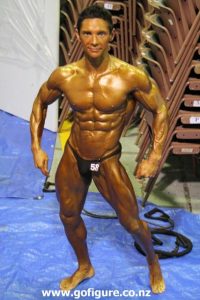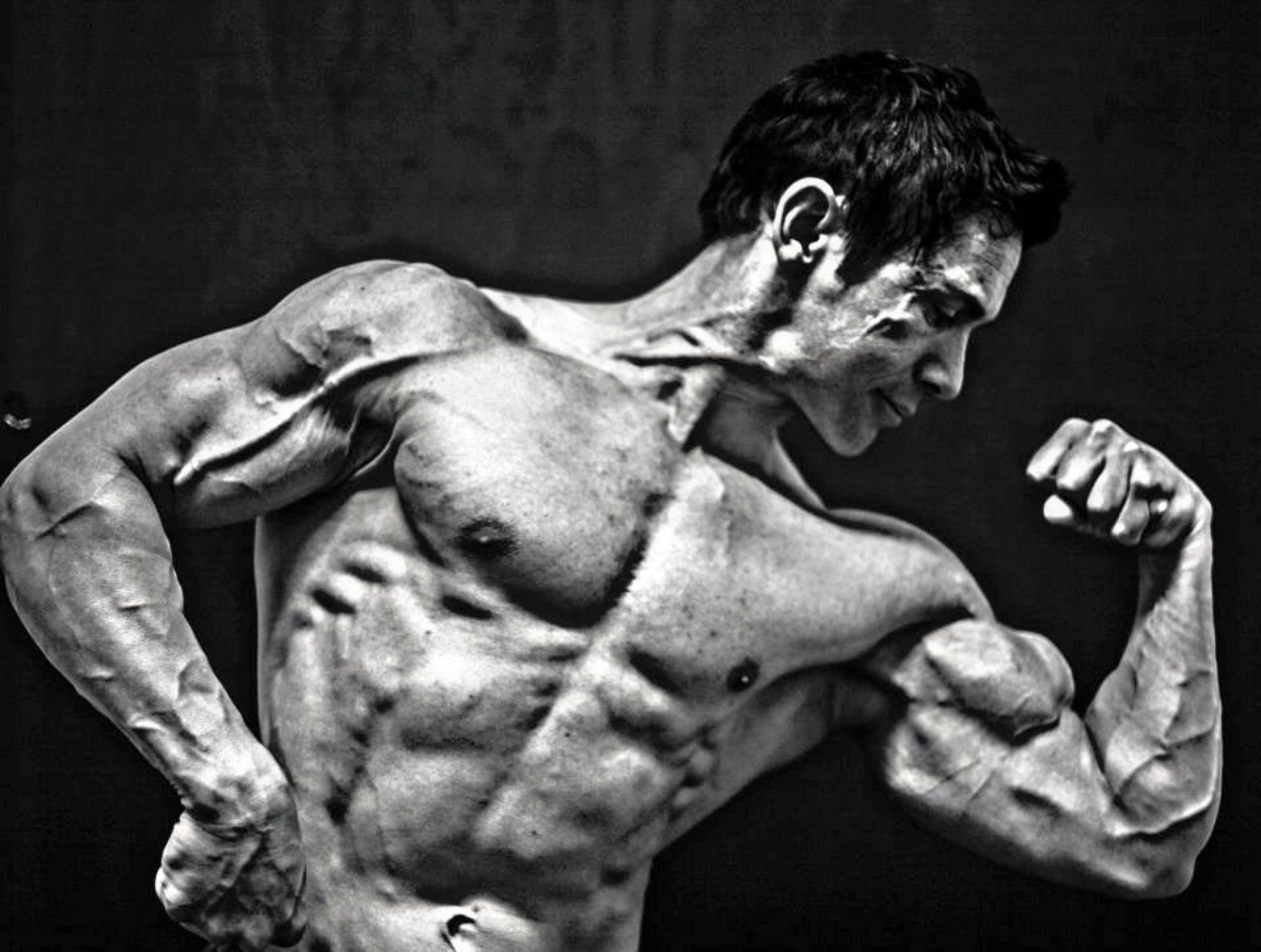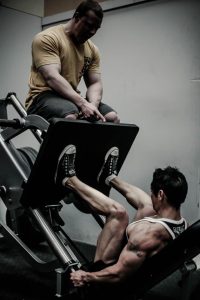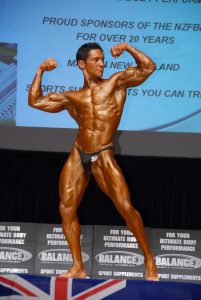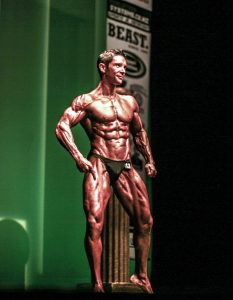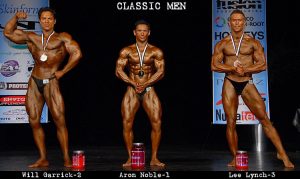In the past I have struggled to keep in shape year round. In 7th form at high school my weight ballooned to 95 kilos!! (This off-season I got up to 69 kilos) People who know me now can not imagine me being that heavy- however, I know if I don’t adhere to a number of dietary principles I could easily go back to that weight. Here are the principles that have allowed me to stay in shape, add muscle and feel healthy and energetic as well.
Eat 3-6 meals throughout the day.
For most people eating regularly every 3-5 hours keeps energy levels constant. Meals should have protein, carbohydrates and fats (These will be at different ratios based on; body type, body fat levels, metabolism, carbohydrate sensitivity, time of day, before and after workout and amount of exercise performed). However, there is no exact formula for everyone- I know of people who get lean on only 3 meals a day, so you will need to do a bit of experimentation on yourself!
Eat 1- 2 grams of protein per kilo of lean muscle mass.
I weigh 67-68kg @ 10% which equates to just over 60 kilos of lean mass. I aim for 120+ grams a day. If I don’t do this I get hungry! I don’t recover as well, I get weaker and my muscles look flat. My primary source of protein is whey protein concentrate (I prefer it to isolate, casein, egg or milk proteins) I only eat meat once a day. If you feel like you are not digesting protein adequately you can take a digestive enzyme supplement. My favourite protein powder at the moment is Zealea whey.
Drink 2-3 litres of water daily.
Water is important for so many functions in the body. Performance mentally and physically can be affected dramatically when you are dehydrated. Leading up to a competition my water intake can be more around 3-5 litres. Also, for people following a body fat loss plan thirst can often be misconstrued as hunger so drink up!
Eat lots of vegetables
Apart from the vitamins and minerals, the high fibre and low calorie content in most vegetables is great for keeping you full, satisfied, regular and lean! I have at least 10-12 servings of vegetables everyday and aim for 30+ grams of fibre per day.
Supplement with fish oil
As soon as I implemented fish oil in my diet I noticed a loss in body fat immediately. Fish oil is good for reducing inflammation in the body, increases fat burning and reduces fat storage.
Detoxify your body
A lot of people think our bodies are capable of detoxing without any help. I think in an age where pollution, pesticides, processed foods, food additives and a more stressful way of life is the norm we need to help our body do the job. Our bodies not only store fat from excess calories, we can also store it so that there is a safer place to put all the toxins our body is unable to get rid of. So have half the juice of lemon in warm water first thing in the morning, consider fasting after big social events, avoid processed foods, eat plenty of fruit and vegetables and get good sources of protein and fat so your body can do its job properly.
Consider processed, junk food and takeaways as not even being food.
Dietary choices are influenced by so many things; by nutritional experts, media, family, peers and personal likes and dislikes. You have to realise there is no physiological reason to have that kind of food (is a lot of it really food anymore?), and in fact if you’ve eaten clean for any length of time eating processed crap makes you feel terrible! I personally don’t even classify it as food. I’m not saying that you should avoid junk food at all costs, because there are times when you just feel like having it, just realise it is what it is and that it will not lead to you being healthier or help you stay in shape.
Eat slowly
If we slow down and chew our food properly we will store less of it as body fat. We will utilise the enzymes in our mouth better (beginning of carbohydrate digestion), also protein foods will be broken down into smaller pieces (increased surface area) to make protein digestion in the stomach easier. The other important thing is that after 20 minutes of eating your body lets you know you are full. If you gulp your food down you could be eating far more calories than you need to feel satisfied.
Relax and be positive when you are eating
Imagine rushing around eating on the run. Blood will be heading towards the extremities rather than the stomach for proper digestion, making the food you eat a toxic mess. Also, food choices may be compromised. You must sit down and relax. Be positive and thankful for what you are eating- your body functions better when you are feeling good about things. Also, If you think the food you are about to eat is going to make you have more muscle, get leaner, be healthier and feel good aren’t you going to enjoy it more compared to someone who knows that what they are putting in their bodies has no nutritional value and will make them fatter!
Plan and have meals ready for the day
I know exactly what I am going to eat and when everyday. If you have no plan then you will always have more chance of slipping up on your goal to stay in shape. I organise my meals the night before (I enjoy what I eat too) while cooking tea.
Take supplements to enhance your diet.
If your goal is to stay in shape while maintaining or adding muscle your body needs to be functioning as optimally as possible. Supplements like whey protein, multi-vitamins, minerals and fish oil I feel would be the bare minimum to help with this goal. If you can afford more and are looking to add mass while staying lean I would suggest: creatine, glutamine, digestive enzymes, a detox formula and a Nitric Oxide product. Fat burners can also be effective for some people (especially if you are not sensitive to caffeine) and are especially useful leading up to competitions. There are lots of other supplements out there and what works for one person may not work for you. Not all of them will give the results they promise, just be scientific with adding them into your diet. If you add one at a time while being constant with everything else you will see (or not see) the benefits it has for you.
These principles have helped me to stay in shape year round, hopefully they help you too.
